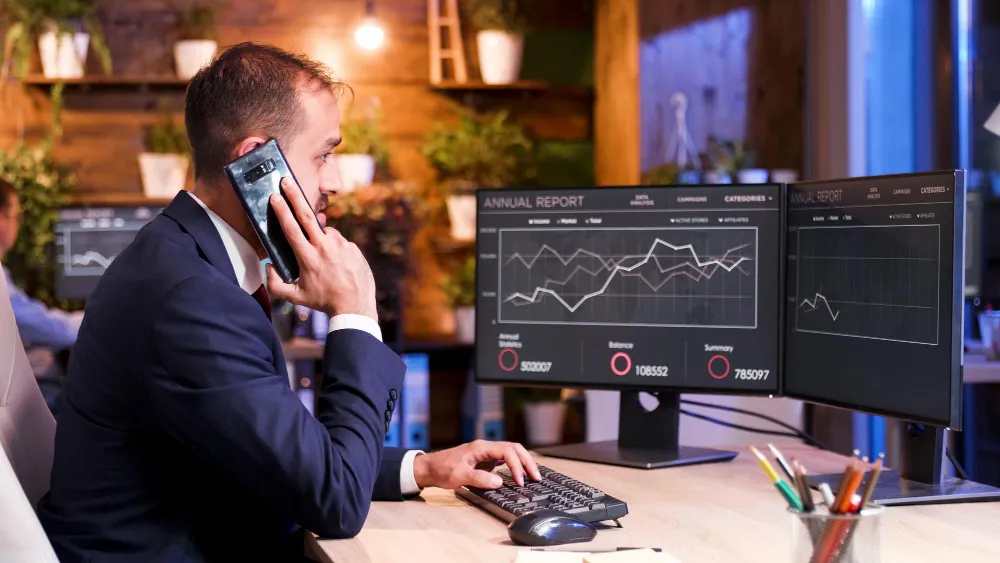Key Features of a Successful Trading Robot: Precision, Protection, and Performance
Trading robots have become essential tools in the financial markets, enabling traders to automate strategies and capitalize on opportunities with minimal manual intervention. However, not all trading robots are created equal. To be successful, a trading robot must excel in three key areas: precision, protection, and performance. This article explores the features that define an effective trading robot and how these elements contribute to profitable trading.
1. Precision: Accuracy in Execution
Precision is the cornerstone of any successful trading robot. Accurate execution ensures trades align with predefined strategies and market conditions.
Key Features of Precision
- Algorithmic Decision-Making
Trading robots must execute trades based on well-defined algorithms that account for technical indicators, price levels, and market trends.Example: A robot programmed to trade breakout strategies executes buy orders only when price surpasses a specific resistance level. - Low Latency
Speed is critical in trading. Robots must operate with minimal latency to ensure orders are placed at the intended price.Benefit: Reduces slippage and ensures competitive entry and exit points. - Data Accuracy
Robots should rely on real-time, accurate market data to make decisions.Tools: APIs and data feeds from reliable sources ensure the robot functions effectively.
2. Protection: Robust Risk Management
A successful trading robot prioritizes risk management to safeguard capital and maintain long-term profitability.
Key Features of Protection
- Stop-Loss and Take-Profit Automation
Automated stop-loss and take-profit settings protect traders from significant losses and lock in gains.Example: A robot might set a stop-loss at 2% below the entry price and a take-profit at 5% above. - Dynamic Position Sizing
The robot adjusts trade sizes based on account balance and risk tolerance.Benefit: Ensures responsible capital allocation and prevents over-leveraging. - Risk Mitigation Strategies
Advanced robots include features like hedging and trailing stops to minimize losses during market volatility.Hedging Example: Opening offsetting positions in correlated markets to limit exposure.
3. Performance: Consistent Profitability
Performance measures the robot’s ability to deliver consistent profits over time, even in varying market conditions.
Key Features of Performance
- Backtesting Capabilities
A successful robot is rigorously tested on historical data to evaluate its strategy’s effectiveness.Metric to Watch: Win rate, drawdown, and risk-reward ratios during backtesting. - Adaptability to Market Conditions
Markets evolve, and so should trading robots.Example: A robot optimized for range trading switches to trend-following when volatility increases. - Profitability Over Time
The robot’s performance should be measured not just by immediate returns but by its ability to generate consistent profits in the long run.
Advanced Features for Enhanced Precision, Protection, and Performance
- AI and Machine Learning
Incorporating AI enables the robot to analyze large datasets, adapt to changing market conditions, and improve decision-making over time. - Multi-Market Functionality
Robots capable of trading across Forex, stocks, cryptocurrencies, and commodities provide diversified opportunities. - Real-Time Monitoring and Alerts
Provides traders with live updates and alerts, allowing manual intervention if necessary. - Integration with Trading Platforms
Compatibility with platforms like MT4, MT5, or cTrader ensures seamless execution. - Cloud-Based Operation
Running the robot on the cloud eliminates the risk of downtime due to local hardware issues.
Challenges in Building a Successful Trading Robot
1. Overfitting in Backtesting
Robots that perform well in backtests may fail in live markets due to over-optimization for historical data.
Solution: Use out-of-sample testing and walk-forward analysis to validate strategies.
2. Market Noise
Random market movements can trigger false signals, leading to unnecessary trades.
Solution: Implement filters like moving averages or volatility thresholds to reduce noise.
3. Technical Failures
Bugs or connectivity issues can disrupt the robot’s operation.
Solution: Regular maintenance and real-time monitoring prevent operational disruptions.
Case Study: A Trading Robot in Action
Scenario: A Forex trading robot designed for trend-following strategies.
Features:
- Precision: Utilized EMA crossovers to identify trends.
- Protection: Dynamic stop-loss and risk-adjusted position sizing.
- Performance: Backtested across 5 years of data, achieving an average monthly return of 3%.
Outcome:
- Consistent profits over a 12-month live testing period.
- Maximum drawdown kept below 10%, showcasing strong risk management.
Future Trends in Trading Robots
- Deeper AI Integration
Future robots will leverage deep learning models for enhanced market predictions and adaptability. - Blockchain-Based Transparency
Decentralized trading robots will use blockchain for auditable and secure operations. - Collaborative Strategies
Social trading platforms will enable traders to share and refine robot strategies collectively. - Regulatory Adaptation
Robots will incorporate compliance features to adhere to changing financial regulations.


